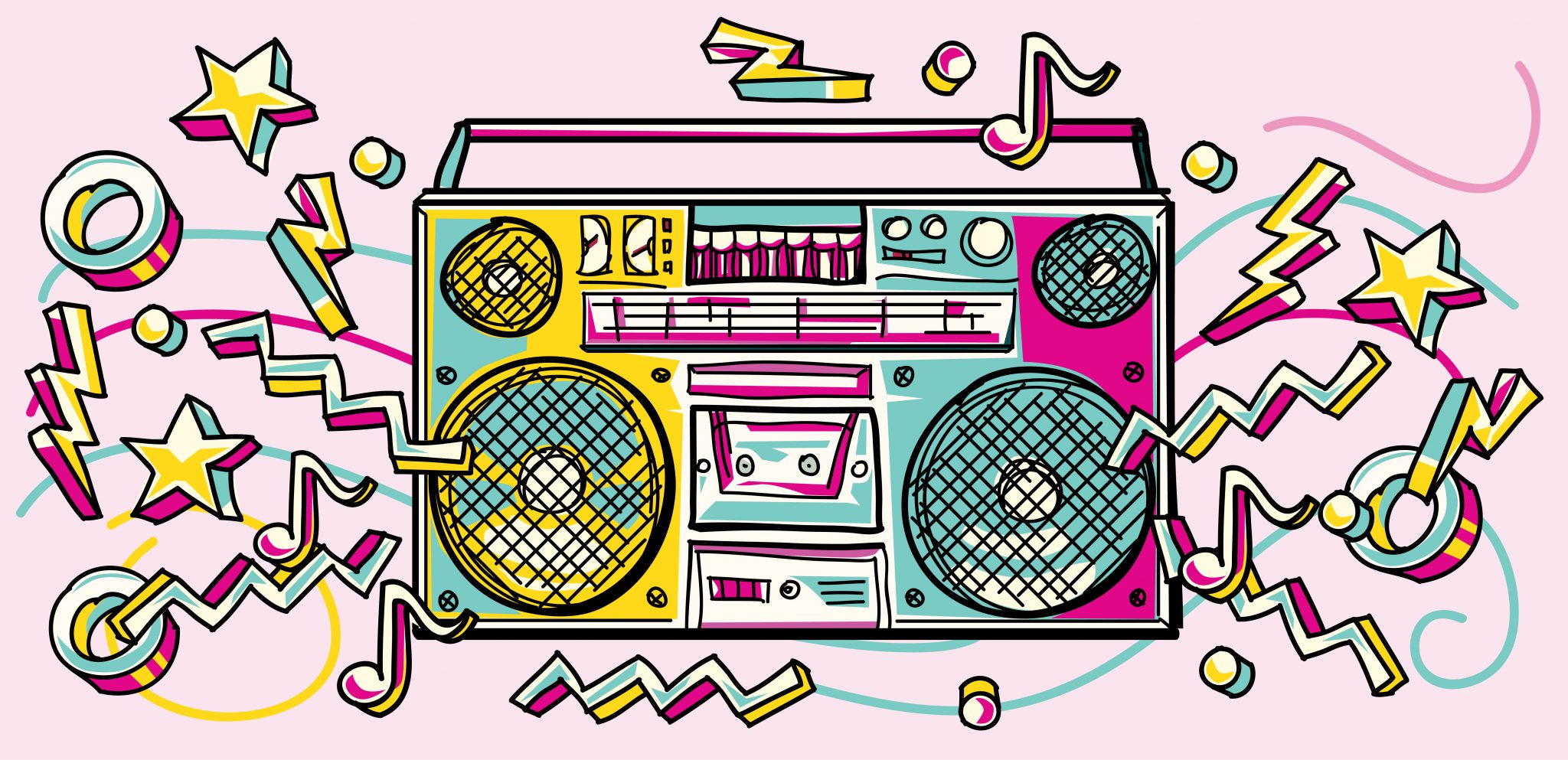Batter Links: Your Gateway to Trending News
Stay updated with the latest trends and insights from around the world.
When Memes Attack: The Evolution of Internet Humor
Discover the wild journey of internet humor! Uncover how memes have transformed our laughter and what it means for the future of comedy.
The Anatomy of a Meme: How Internet Humor is Created
The anatomy of a meme involves a unique combination of cultural context, visual elements, and humor that resonates with internet users. Memes typically start with a relatable situation, often depicted through images, gifs, or short videos, paired with clever text. This duality allows for easy sharing and adaptation, leading to the rapid evolution of a meme across various platforms. The Huffington Post highlights how these elements create a shared language among users, instantly connecting individuals through common experiences and feelings.
Moreover, the success of a meme often depends on its timeliness and relevance within current cultural trends. Social media platforms like Twitter, Instagram, and TikTok serve as breeding grounds for meme creation and dissemination. As noted by Forbes, memes can quickly become a commentary on social issues or events, making them powerful tools for communication and expression. This blend of humor and social commentary not only entertains but also fosters community engagement and discussion among users.

From LOLCats to Deep Fakes: Tracing the Timeline of Online Memes
The evolution of online memes has been a fascinating journey, starting with the iconic LOLCats in the early 2000s. These simple images of cats paired with humorous captions first gained popularity on websites like I Can Has Cheezburger, creating a vibrant community of meme enthusiasts. As internet culture grew, trends shifted from cute cats to a wider variety of content, paving the way for memes to become a mainstream form of expression. This period saw the rise of viral videos, reaction gifs, and image macros, allowing users to convey emotions and ideas with just a simple image or phrase.
Fast forward to the advent of deepfakes and sophisticated meme formats, which have revolutionized how we interpret and share content online. The technology behind deepfakes, initially recognized for its controversial applications, has ironically become a new canvas for creativity and humor. Platforms like Reddit's Deepfake subreddit showcase an array of creative uses, from satire to parody, prompting discussions about authenticity and ethics in digital media. As we trace the timeline of online memes, it becomes evident that they not only reflect societal trends but also influence how we perceive reality in the age of information overload.
Are Memes the New Political Commentary? Exploring Humor in the Digital Age
In the rapidly evolving landscape of digital communication, memes have emerged as a powerful form of political commentary. They encapsulate complex ideas, social critiques, and political stances into easily digestible formats that resonate with a broad audience. The use of humor in these formats not only engages viewers but also prompts them to reflect on pressing social issues. As noted by The Atlantic, memes serve as a modern vernacular, translating intricate political dialogues into images and jokes that reflect public sentiment.
Furthermore, the rise of social media platforms has amplified the reach of these humorous commentaries, allowing memes to spread rapidly and influence public opinion. According to The Washington Post, memes not only entertain but also frame narratives, often shaping perceptions of political candidates and issues. This increasing prevalence of meme culture underscores the necessity for critical media literacy in the digital age, as the line between satire and reality becomes increasingly blurred.